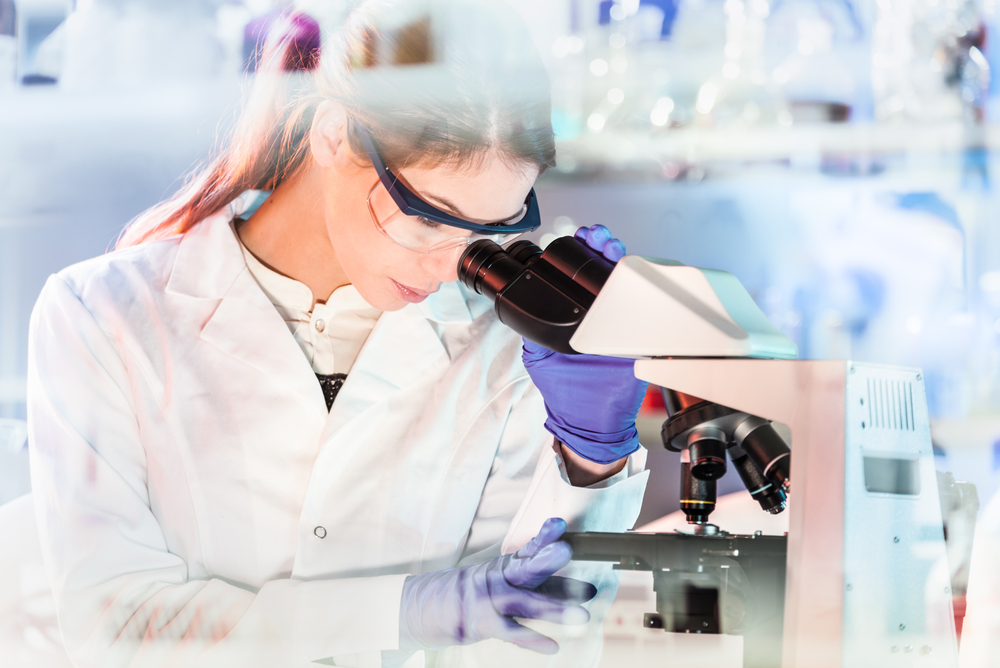NIH Earmarks $25M for Five-year Program Promoting ALS Research

The National Institutes of Health (NIH) is investing $25 million over five years in a program to encourage innovative research that deepens our understanding of amyotrophic lateral sclerosis (ALS), with a goal of better treating the disease.
Called Accelerating Leading-edge Science in ALS (ALS2), the initiative aims at answering essential questions about the neurodegenerative disorder that affects about 5,000 U.S. residents annually.
To date, ALS has confounded efforts to find effective disease-modifying therapies, let alone a cure. Its current treatments cannot reverse damage caused by the disease, although they can help to slow loss of function, prevent complications, and increase patient comfort and independence.
Ongoing clinical trials are exploring treatment approaches that range from potential new medications, to medical devices and stem cell therapies. While recent genetic research is helping scientists better understand the disease, meaningful progress will likely require focused investments across disciplines.
“Over the past few decades, there has been significant progress in our understanding of ALS, but we still do not have any breakthrough treatments for this terrible disease,” said Francis S. Collins, MD, PhD, NIH director, in a press release. “We hope this program will inject new ideas to the field to push us rapidly toward effective therapies.”
The initiative is part of the NIH Common Fund’s High-Risk, High-Reward (HRHR) research program, which supports creative studies that could be too risky to attract private investment but could be potentially groundbreaking. ALS2 will run through the HRHR’s Transformative Research Awards initiative, which promotes interdisciplinary collaboration.
Work in the ALS2 program is expected to adapt emerging tools and technologies from cell biology and neuroscience to learn at the molecular level what causes this disease, and how it progresses.
The program also aims to lure new talent from various disciplines, including neuroscience, bioengineering, cell biology, genomics, bioengineering, biophysics, chemistry, computational science, and environmental health sciences.
In addition, ALS2 will study biological similarities between ALS and other neurodegenerative diseases, such as spinal muscular atrophy, primary lateral sclerosis, Kennedy disease, frontotemporal dementia, and chronic traumatic encephalopathy.
ALS2 is managed collaboratively by the National Institute of General Medical Sciences, the National Institute of Environmental Health Sciences, the National Institute on Aging, the National Institute of Neurological Disorders and Stroke, and the NIH Common Fund.






